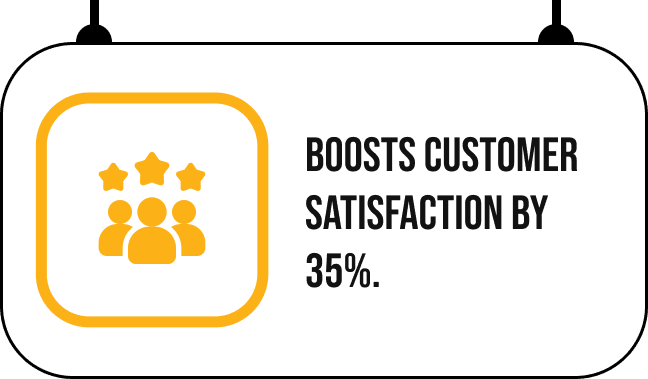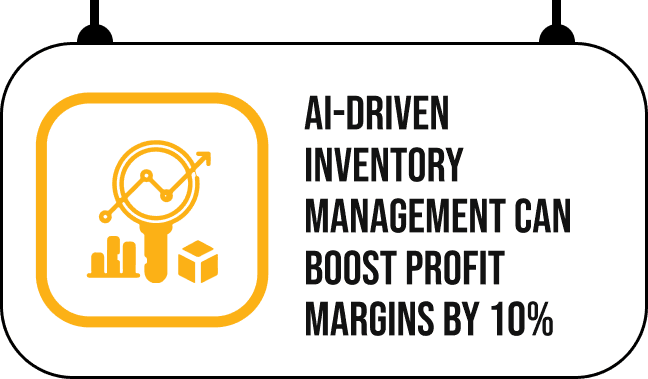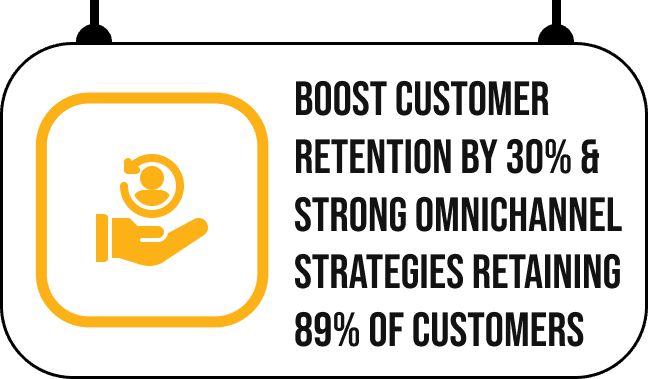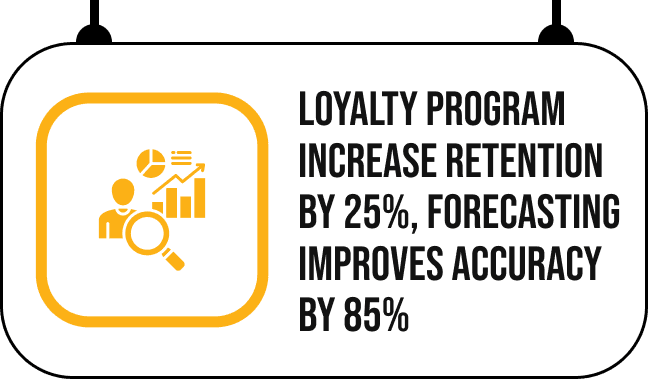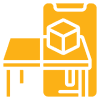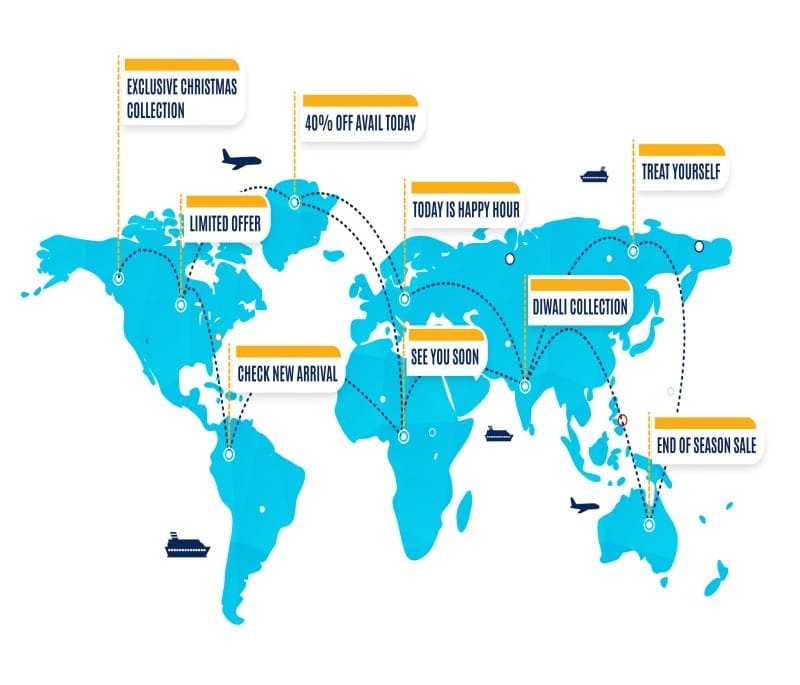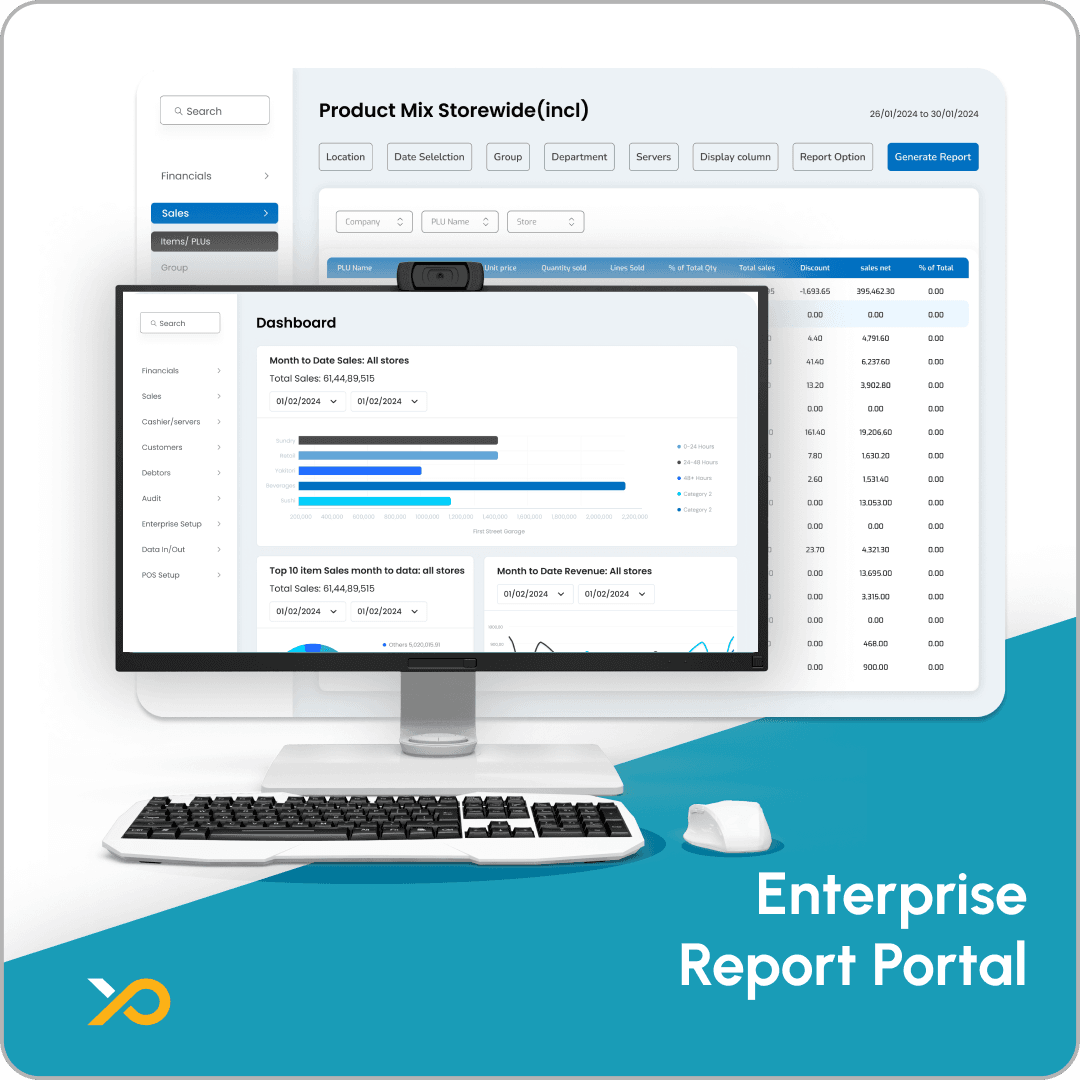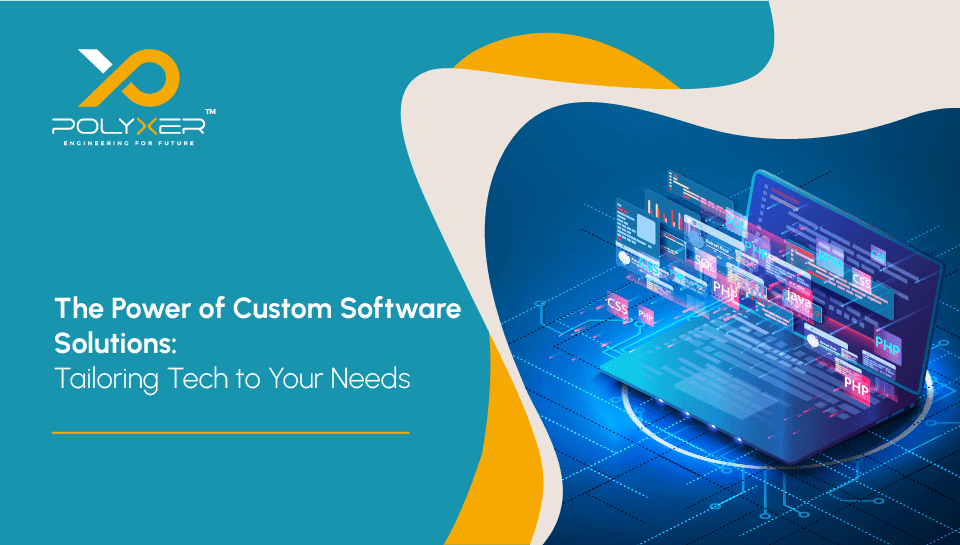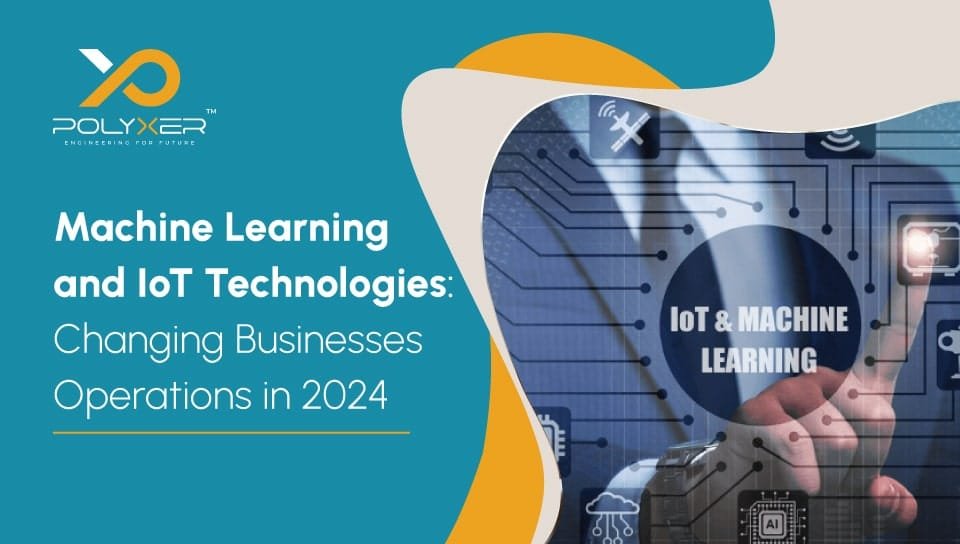Digital Transformation
for Retail
Transform Retail Experience with Digital Solutions
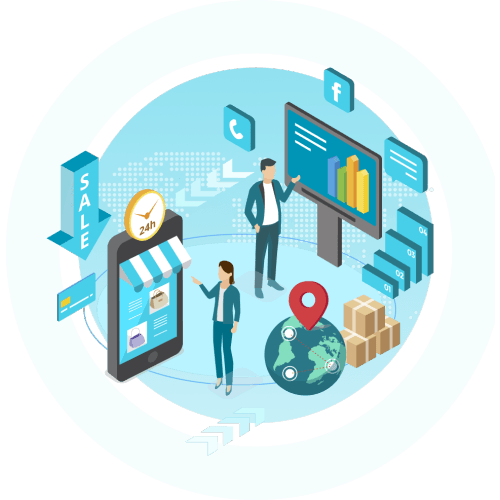
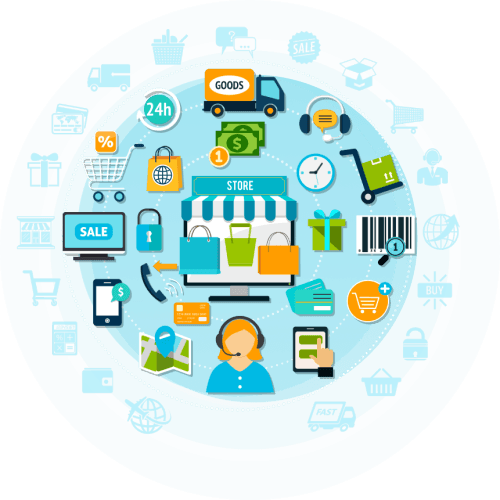
Polyxer offers a complete solution that helps traditional retailers adapt to the digital world. The solution empowers the retailers to transition online effectively, optimize operations, and enhance customer experiences with the help of seamless digitization and integration of e-commerce stores. Our platform is interactive, visually appealing and easy to use which can easily be integrated with the existing systems. It helps to merge online and offline experience, automate routine tasks, and improve operational efficiency. Key features include an e-shop for permanent products, augmented reality, voice and image search, virtual reality store tours, live tracking of product availability, and immediate payment without queues for instore customers. This solution reduces administrative work, allows bulk product uploads and provide real-time updates ensuring long-lasting and low-maintenance solution which can help customers and businesses.
Benefits
Features (Presales)
Features (In-sales)
Features (Post sales)
Customer Journey

How it works
Smart Trolleys
Virtual Try-on
Customized Location Wise Notifications
Retail Connect Use Cases

Customer Experience and Engagement
Providing seamless experiences across physical stores, websites, and mobile apps, allowing customers to browse, purchase, and access support through multiple channels. By using customer data (e.g., purchase history, preferences), we deliver personalized recommendations, promotions, and ads. AI-powered chatbots and algorithms assist with inquiries, order tracking, product suggestions, and 24/7 support. Augmented and virtual reality offer features like "try before you buy" and virtual product previews. Digital loyalty programs track behavior and offer rewards, discounts, and exclusive promotions via apps or websites.
In-Store Experience Enhancement
Retailers are adopting smart-stores with technologies like RFID, beacons, and IoT for interactive, personalized experiences (e.g., smart trolleys, automatic checkouts, real-time promotions). Digital payment options and self-checkout kiosks improve convenience by reducing wait times. Some stores offer virtual try-ons without needing to try on clothes. Electronic shelf labels (ESL) enable dynamic pricing and promotions, helping retailers respond to market changes. Sensors and cameras track customer behavior, providing insights on foot traffic, store layout, and product placement.

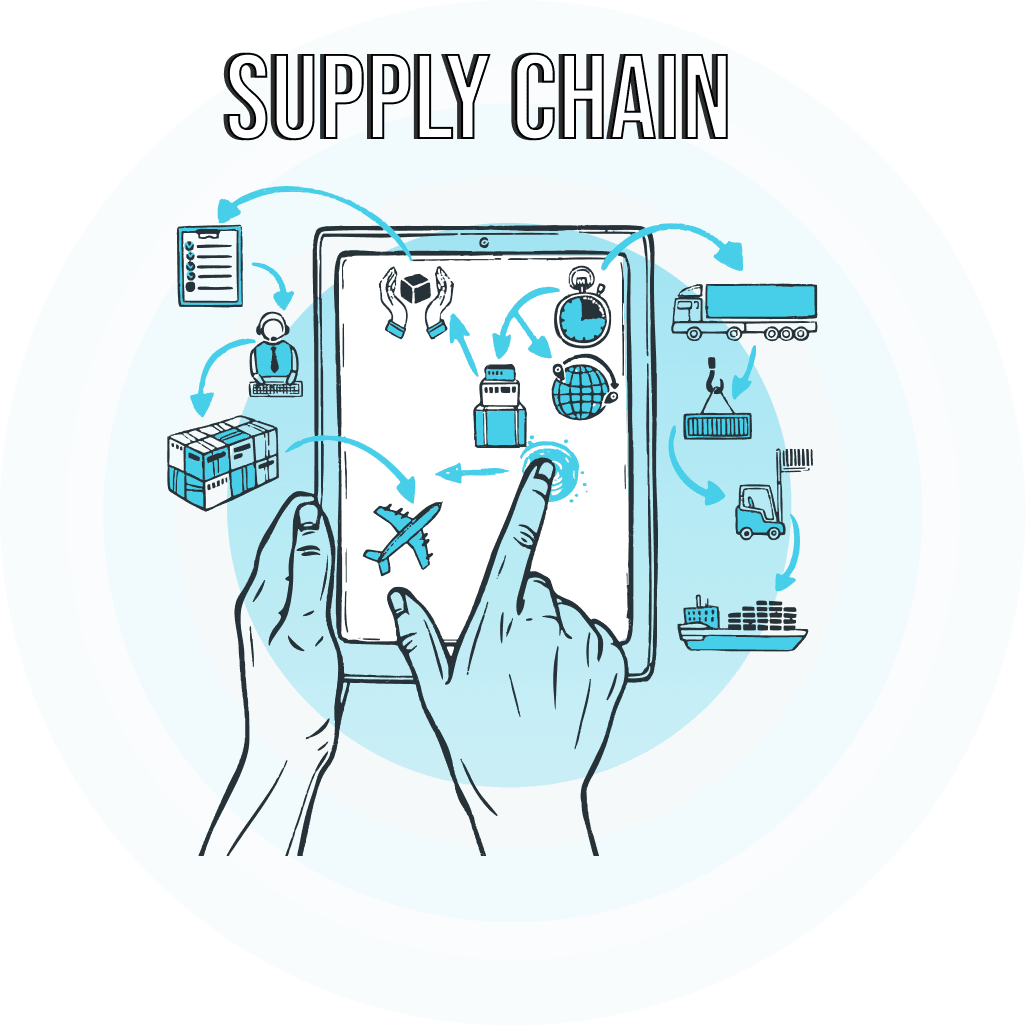
Supply Chain Optimization
IoT devices and sensors track inventory in real-time, alerting when stock is low to avoid stockouts or overstocking. Advanced analytics predict demand trends, helping retailers optimize stock, reduce waste, and plan for busy periods like holidays or sales. AI-powered warehouse systems automate sorting, picking, and packaging, boosting efficiency and reducing errors. Blockchain ensures transparency in the supply chain, allowing retailers to verify product origins, track supplier compliance, and reduce fraud.
E-commerce & Online Presence
AI improves product searches with personalized recommendations based on preferences and past purchases. E-commerce integration with social media platforms like Instagram and TikTok allows direct shopping, enhanced by targeted ads. Subscription services for items like groceries or beauty products offer automated renewals. AI and AR enable virtual try-ons for clothes and accessories, enhancing shopping and reducing returns.
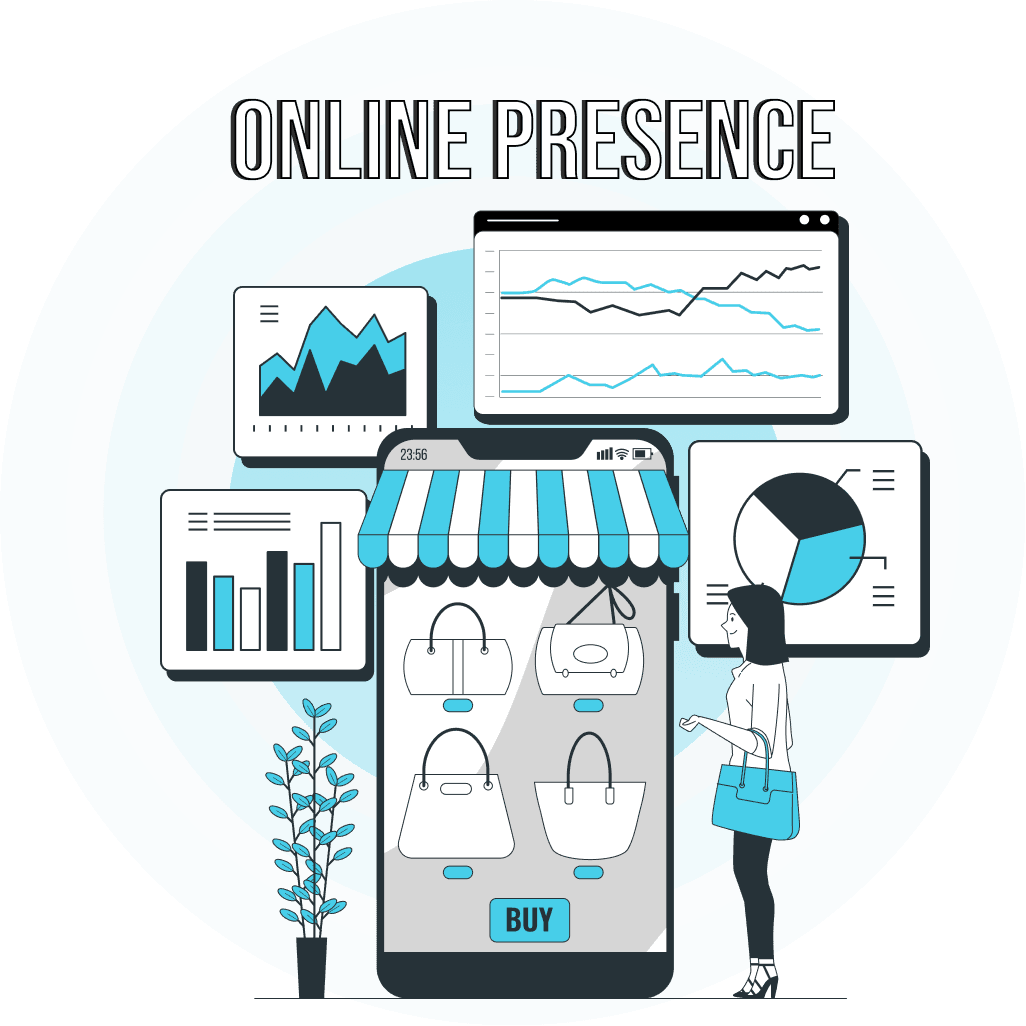

Inventory Management
Using IoT devices and RFID tags to monitor inventory levels in real-time, reducing stockouts and overstock situations. Implementing systems that automatically reorder products when inventory levels fall below a certain threshold.



